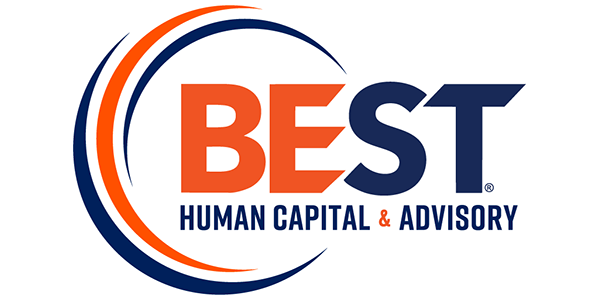
Debunking the Compensation Myth Surrounding Retention
A driving need for obtaining talent is retention. It is a huge issue when you take into account that, according to a September 2018 article from CNBC, “workers are quitting at the highest rate since 2001.” When retention rates are low due to high undesirable attrition, many business leaders look to recruitment to fill that […]




